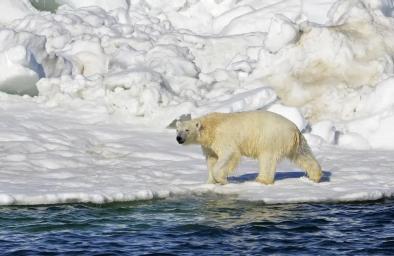Science Source
How well must climate models agree with observations?
- States that the usefulness of a climate-model simulation cannot be inferred solely from its degree of agreement with observations
- States that, instead, one has to consider additional factors such as internal variability, the tuning of the model, observational uncertainty, the temporal change in dominant processes or the uncertainty in the forcing
- Argues that in any model-evaluation study, the impact of these limiting factors on the suitability of specific metrics must be examined, and that this can only meaningfully be done relative to a given purpose for using a model
- The author discusses these points and substantiates their impact on model evaluation using the example of sea ice
- Finds that many standard metrics such as sea-ice area or volume only permit limited inferences about the shortcomings of individual models
Related Content
Science Source
| Nature
Regime shift in Arctic Ocean sea ice thickness
Headline

Feb 21, 2023 | Climate Nexus Hot News
Ice Absent From Great Lakes, New England
Headline

Feb 16, 2023 | Climate Nexus Hot News
Antarctic Sea Ice At Lowest Recorded Levels, Again; Thwaites Glacier's Weak Spots Getting Weaker
Headline

Jan 25, 2023 | Climate Nexus Hot News
Melting Sea Ice Could Increase Threatens Polar Bears, People


